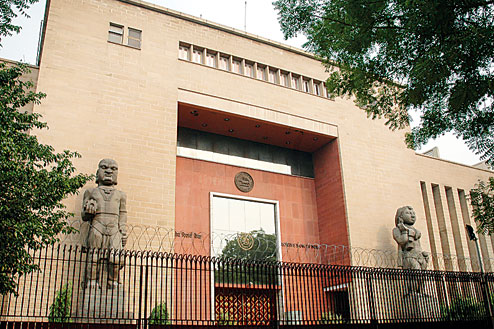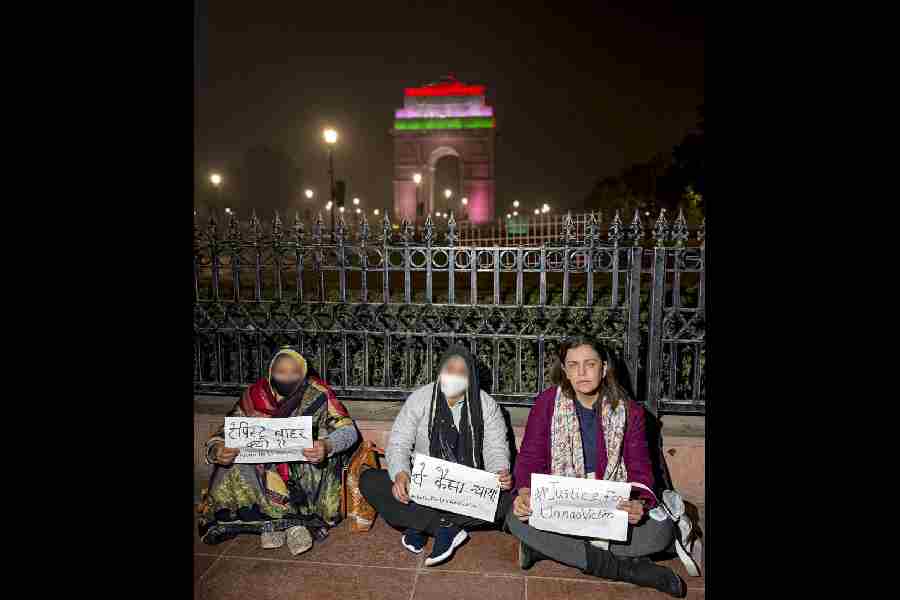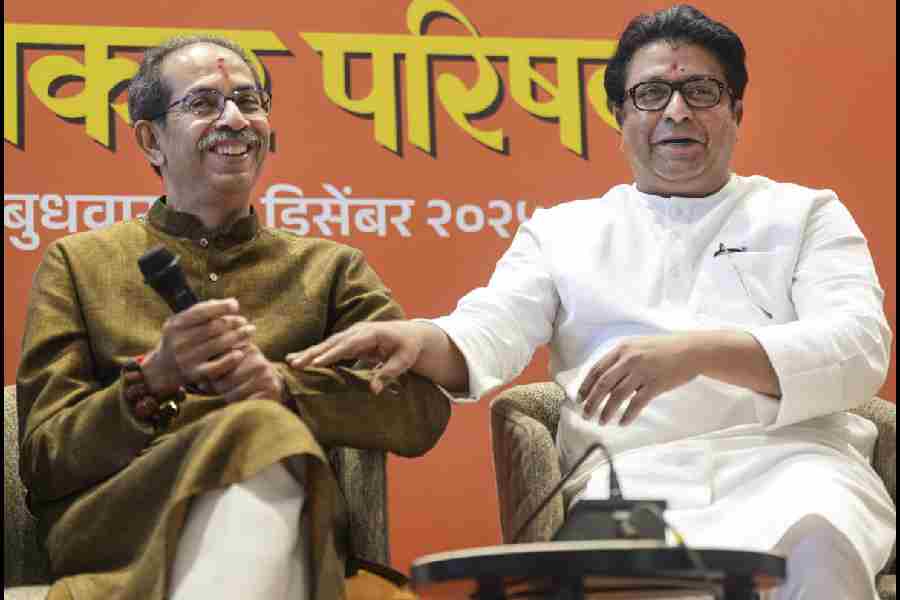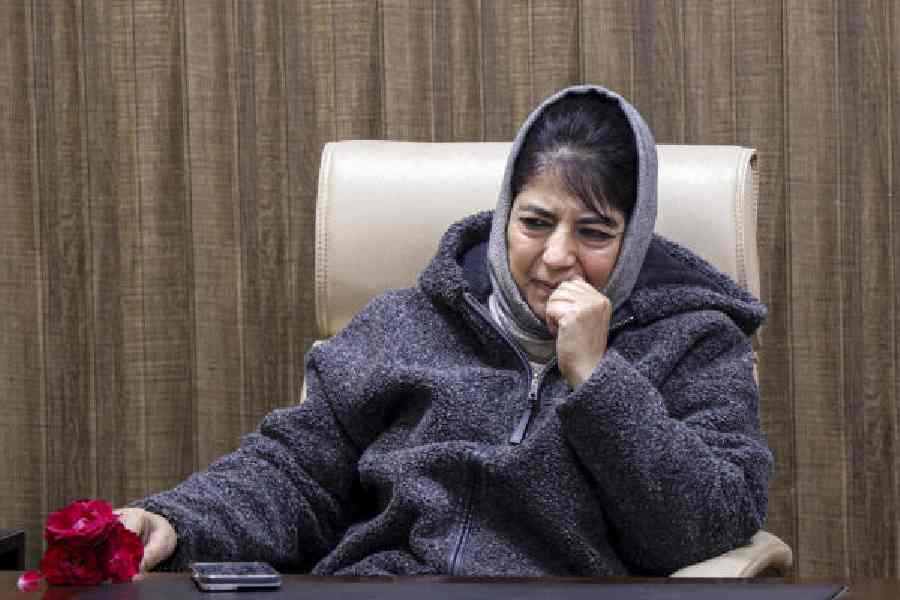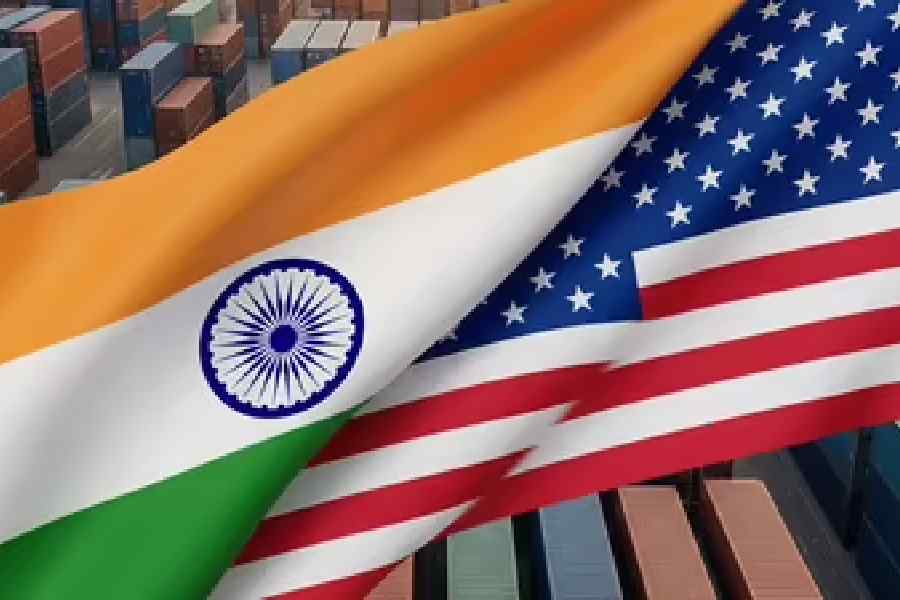 |
| Reserve Bank of India, New Delhi |
The report of the financial sector legislative reforms committee is out of the ordinary. First, it is written in English; anyone with a working knowledge of the language would understand it. Second, it proposes a law unlike any other post-Independence act: it is succinct and free of legalese. Third, the law aims not so much at defining the powers and functions of the government and its many arms, but at defining and protecting the rights of citizens in the financial field. Finally and unusually, a government commission recommends the dissolution of a number of government institutions.
Historically, two ways of drafting law have emerged. The British system evolved at a time when printing was still to be invented and paper was expensive. It emerged in royal courts that adjudicated quarrels or punished criminals. As the system grew, it became necessary to ensure some consistency in rewards and punishments in similar cases. Hence arose the custom of citing and respecting precedents. The continental system may have existed earlier, but it can be proximately traced to Déclaration des Droits de l'Homme et du Citoyen, adopted by the French national assembly in 1793. It is not the first written constitution of a state; the US constitution was signed in 1787. But the French declaration of human rights is a better example of the other way of making laws. It involves laying down principles, and leaving it to courts to apply them to particular circumstances and elaborate them. It contrasts with the British method of locating every new law in all previous legislation and ensuring as far as possible that it is consistent with precedents. The Indian financial code drafted by FSLRC is in the continental tradition: it lays down principles. That would be unworkable on its own; any new law would have to be consistent with all previous laws. FSLRC frees its IFC from these fetters by saying that all previous financial laws should be repealed or revised to be consistent with its code.
Much has been made of FSLRC’s recommendation that all financial regulators other than Reserve Bank should be bundled into Securities and Exchange Board of India; there have been wails about the fate of their members, and cynical commentary about the impracticality of winding up any government body in India. Actually, this recommendation means something very different from the sense read into it by most. The FSLRC has laid down the principles that all regulators must follow. If they all are bound by the same principles, it does not really matter whether there is one regulator or many.
Behind the preference for multiple regulators is the notion that every subsector of finance involves deep specialist knowledge which requires a lifetime to acquire, and that its regulator must therefore be manned by people steeped in such knowledge. This belief is based on tradition: historically, banks, stock markets, insurance companies, auctioneers and so on emerged as separate trades. People worked all their lives in these cocoons, used special terms, drank in different pubs, and thought of themselves as different animals. Governments looked at them, recognized their differences and gave them different regulators. But as FSLRC argues in its chapter 6, principles of regulation are the same irrespective of the financial institutions and their products; hence one regulator is enough to enforce all the principles on all institutions. Knowing how those who run the present regulators would like to protect their turf, FSLRC is not dogmatic on one versus many regulators. But the general prejudice in favour of many regulators should not be taken as an argument; the government should give serious thought to making Sebi the only regulator and merging all other mini-regulators with it.
FSLRC argues for a single regulator, but does not extend the argument to say that Reserve Bank should be merged with Sebi. In fact, it is very tolerant when it comes to Reserve Bank. It wants Reserve Bank to continue what it is doing now, with all its present powers, except in two respects. First, Reserve Bank makes monetary policy on its own, unless the governor feels like going to Delhi and talking to the finance ministry. FSLRC wants monetary policy to be made by a committee consisting entirely of “independent experts in the field of monetary economics and finance”. They would be chaired by the governor of Reserve Bank, a finance ministry official may attend, but would not have a vote. Essentially, these five economists would make monetary policy — that is, make decisions about Reserve Bank’s interest rates, money supply, exchange rates and so on.
This is close to the British model. Behind it are two ideas. One is that monetary policy should be “independent” of the government, and should be derived mechanically from macroeconomic conditions, principally inflation. The other is that only economists can work it out. Actually, the marriage of monetary policy and inflation is recognized by only one school of economics. It is possible to be an economist and think nevertheless that inflation is just one aspect of the macroeconomic situation and that the government as a whole, including the central bank, should deal with it with the entire range of economic instruments, of which monetary policy is one. If one thinks this way, five independent economists descending on Reserve Bank once a quarter are inadequate; it is far more important that the finance ministry should have competent economists — not just one isolated chief economic adviser, but a team of competent economists.
This brings me to the division of work between Reserve Bank and the finance ministry. Before the 1991 reforms, the situation was simple. Government made policy in so many fields with so many instruments that their coordination could only be done in Delhi. No one ever thought of independence of the central bank. Governor of Reserve Bank was just one cog in the machinery of controls. When the reforms came, the lightning liberalization was done in Delhi. There was no question of Reserve Bank being part of it: the external economic situation was dire, and Reserve Bank was left alone to tackle it with the extremely intrusive instruments it used. Reserve Bank officials were in love with their controls; they liked to think that they were the only patriots at a time when those in Delhi had sold out to the International Monetary Fund and the World Bank.
The estrangement that began then has continued in the name of independence of the central bank; I do not think Delhi consults Reserve Bank much, or vice versa. But as I said, there is only one economic policy, and it must be made by the government in Delhi. FSLRC recommends that the financial stability and development council should be the body to make it, and should acquire a secretariat for it. But a policymaker has to be quick and decisive; good policy cannot be made by a committee. Traditionally, that policymaker has been the finance minister; at least, he has been during crises. It can continue to be him; but if the prime minister does not want to put him in charge of macroeconomic policy, he should either handle it himself and build up a secretariat for it, or he should appoint a minister of economic policy.

